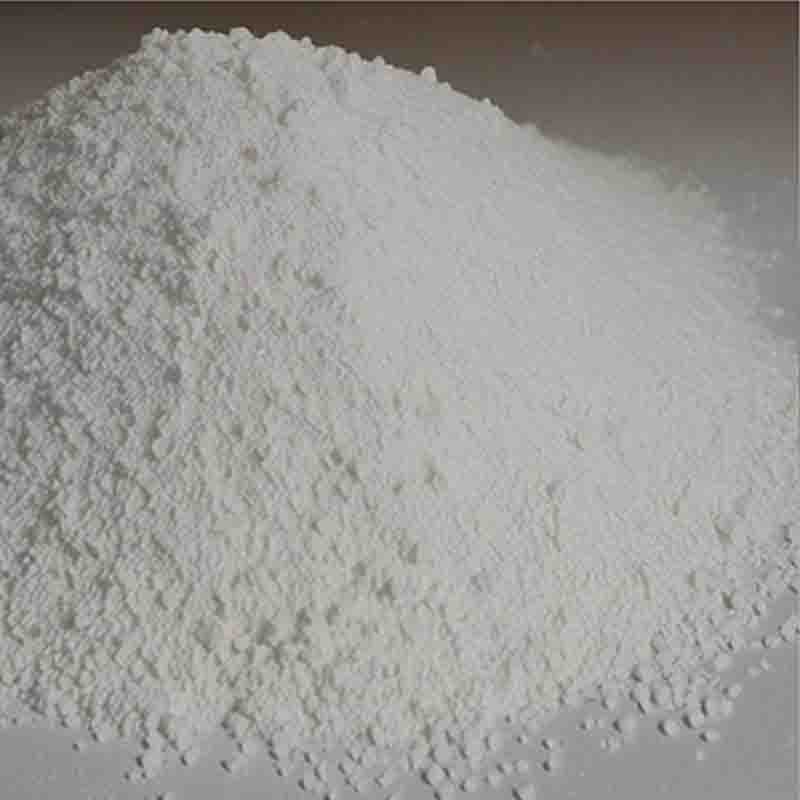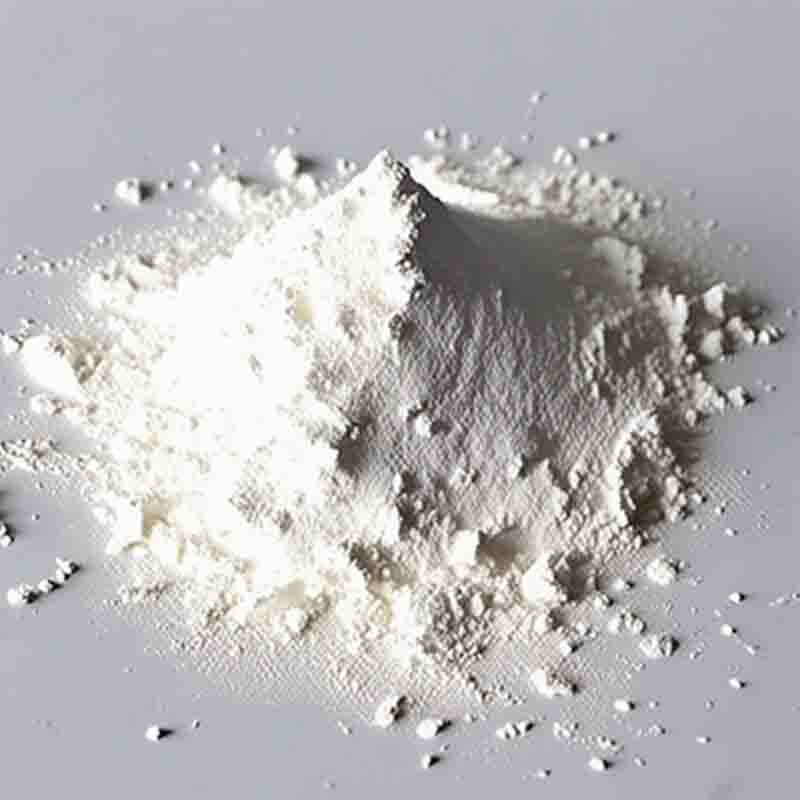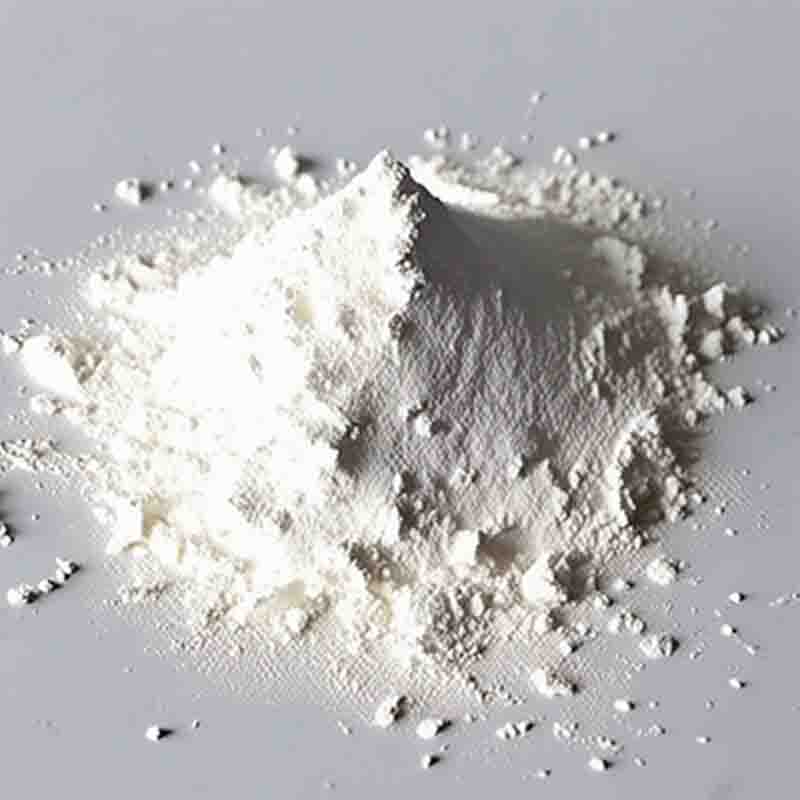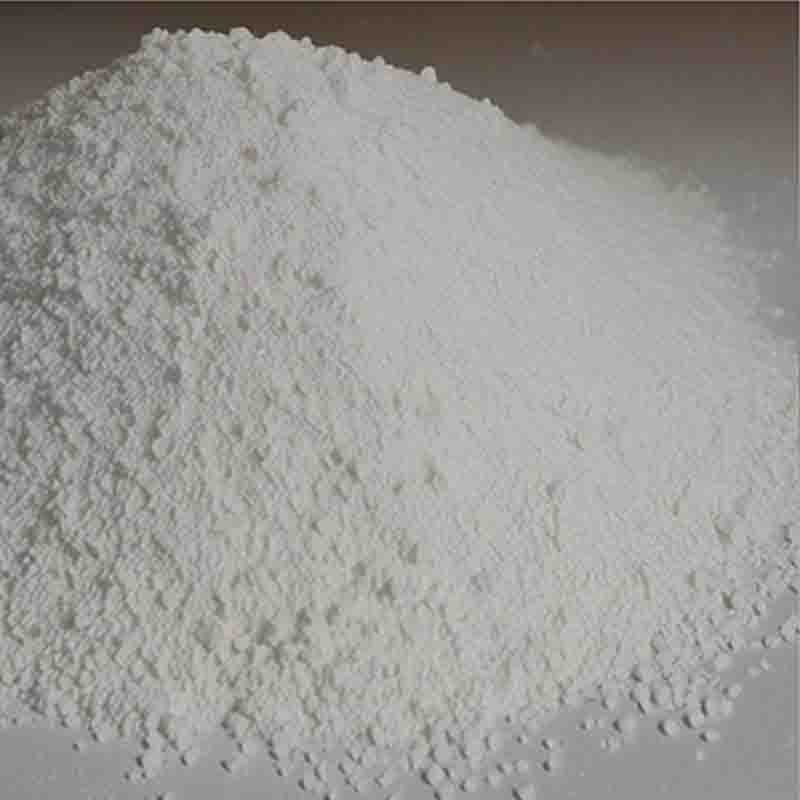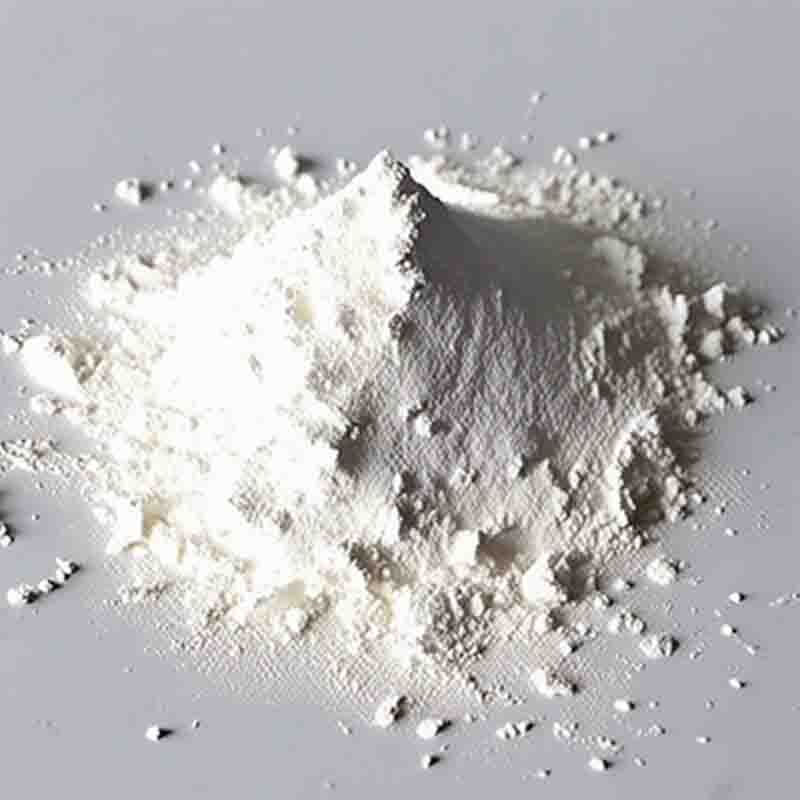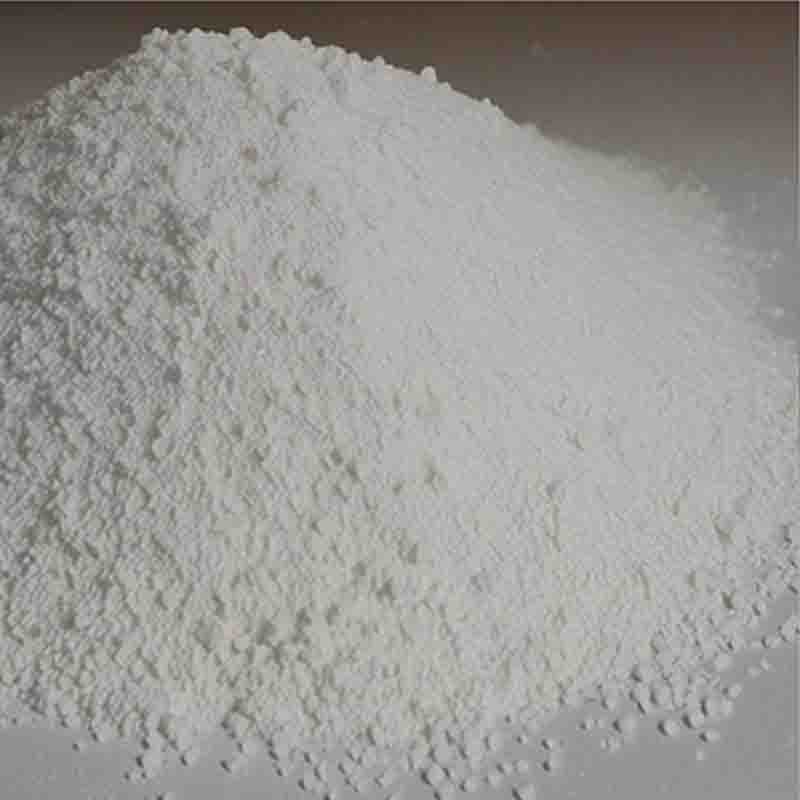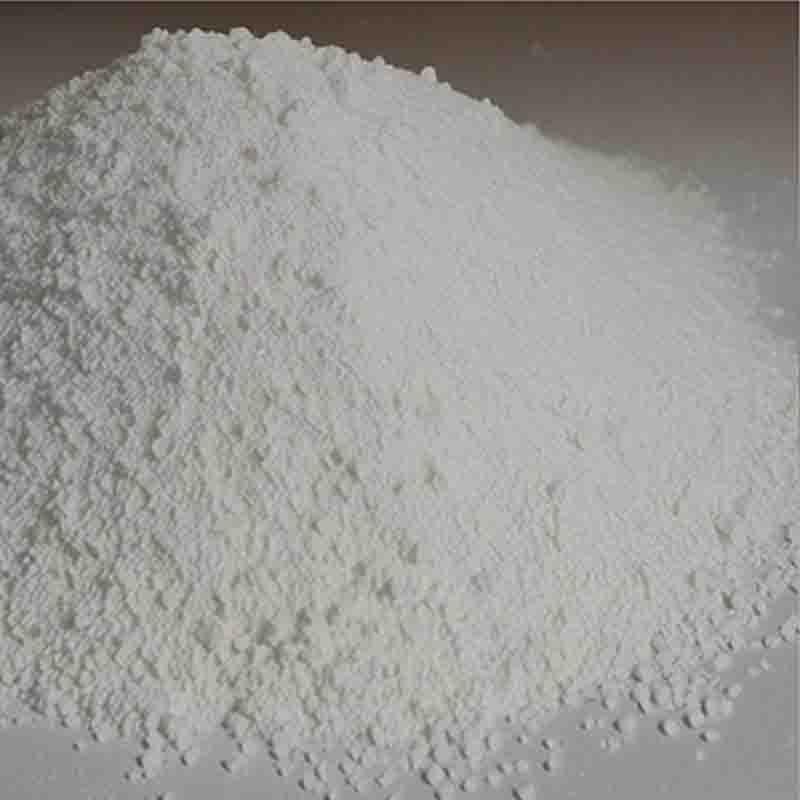3,3-DimethylacrylicAcidMethylEster CAS:924-50-5
| Catalog Number | XD94793 |
| Product Name | 3,3-DimethylacrylicAcidMethylEster |
| CAS | 924-50-5 |
| Molecular Formula | C6H10O2 |
| Molecular Weight | 114.14 |
| Storage Details | Ambient |
Product Specification
| Appearance | White powder |
| Assay | 99% min |
3,3-Dimethylacrylic acid methyl ester, also known as tert-butyl methacrylate or TBM, is a chemical compound used in various industries for its unique properties. This ester is derived from methacrylic acid, with two methyl groups attached to the α-carbon position.One notable effect of 3,3-Dimethylacrylic acid methyl ester is its use as a monomer in the production of polymers. It is often polymerized with other monomers, such as methyl methacrylate, to form copolymers with improved properties. The resulting polymers exhibit enhanced flexibility and better resistance to UV degradation, making them suitable for applications in coatings, adhesives, and dental materials. The incorporation of 3,3-Dimethylacrylic acid methyl ester into polymers increases their versatility and performance.Additionally, 3,3-Dimethylacrylic acid methyl ester has the potential to be used as a reactive diluent in UV-curable systems. When exposed to UV light, the ester group undergoes a radical polymerization reaction, leading to the formation of a solid film. This property makes it suitable for use in coatings, inks, and adhesives, where rapid curing and excellent adhesion are required. The incorporation of this ester in UV-curable systems helps to enhance their performance and achieve faster processing times.Furthermore, 3,3-Dimethylacrylic acid methyl ester exhibits low volatility, which makes it a desirable component in formulations that require good processability and low potential for air pollution. Its low vapor pressure contributes to reduced emission of volatile organic compounds (VOCs) during both storage and application, which is of importance in industries striving for environmental sustainability.Another effect of 3,3-Dimethylacrylic acid methyl ester is its role as a crosslinking agent. When reacted with other functional groups, such as hydroxyl or amine groups, it can form covalent bonds, leading to the formation of insoluble three-dimensional networks. This property is exploited in the production of thermosetting resins, which find applications in areas such as coatings, composites, and electronic encapsulation.In conclusion, 3,3-Dimethylacrylic acid methyl ester offers various effects and applications in different industries. Its use in polymerization reactions, as a reactive diluent in UV-curable systems, its low volatility, and crosslinking capabilities make it a versatile compound. Further research and exploration of its potential could lead to the development of new materials and improved formulations in the fields of coatings, adhesives, and other relevant industries.


